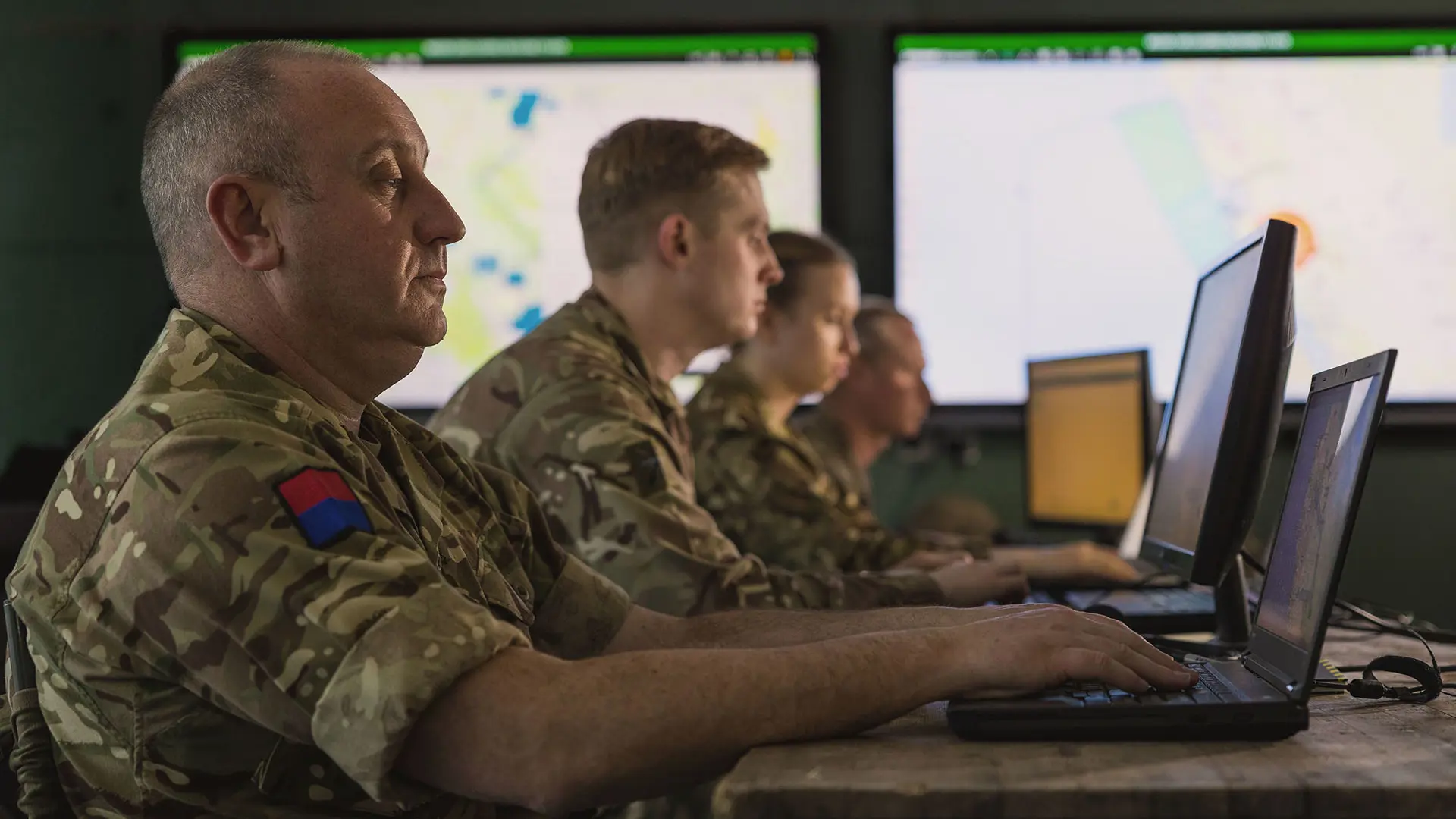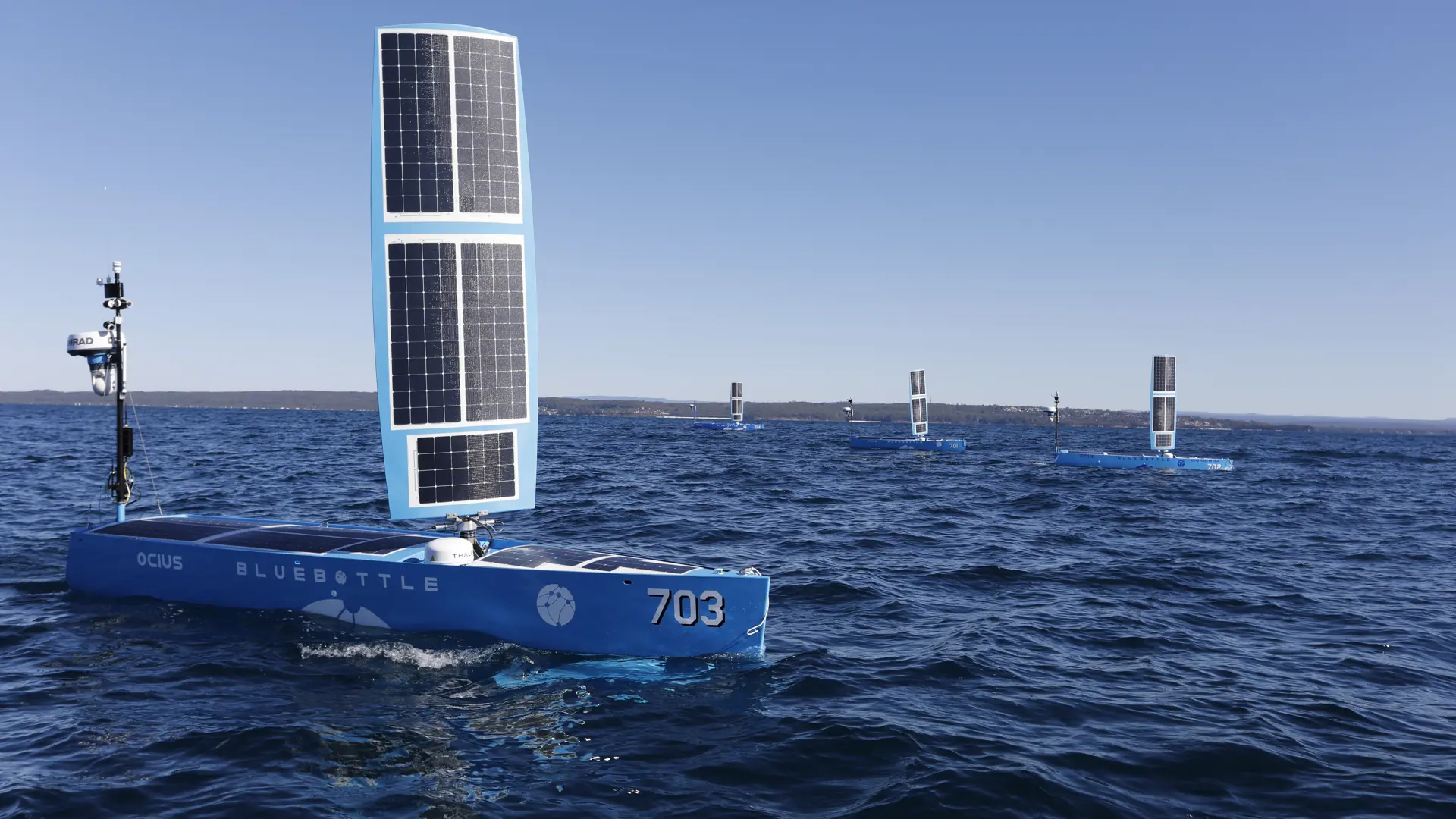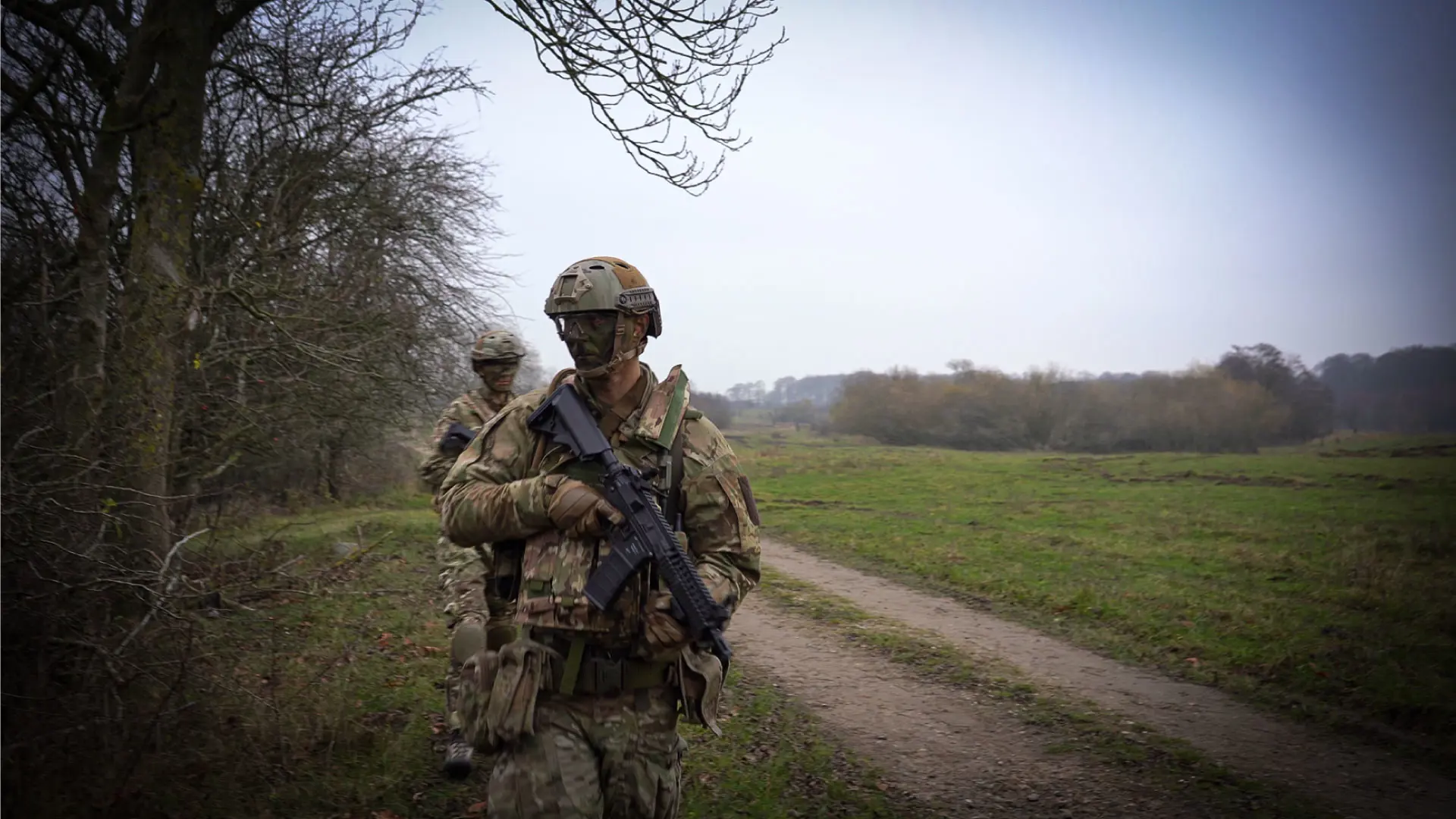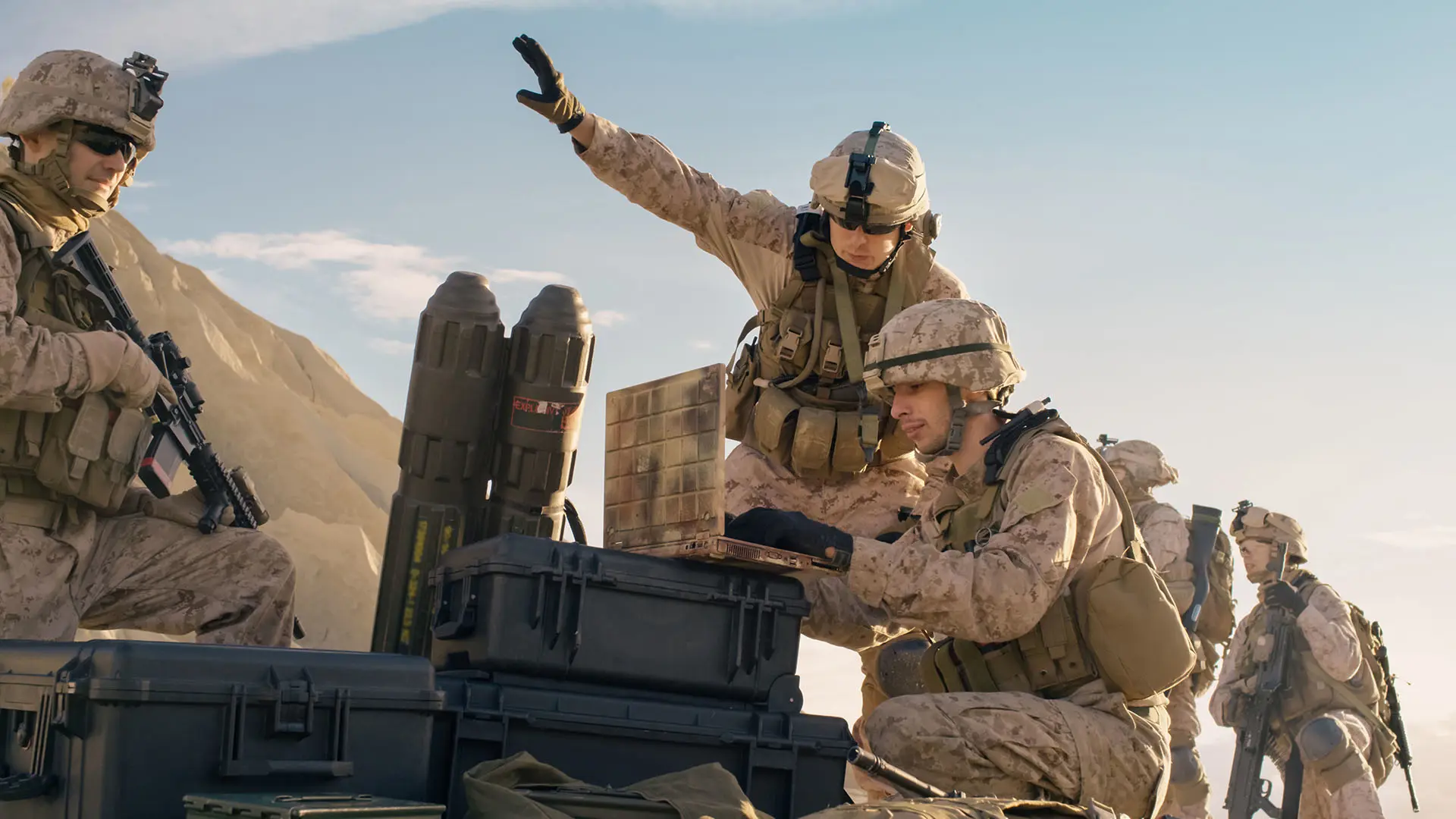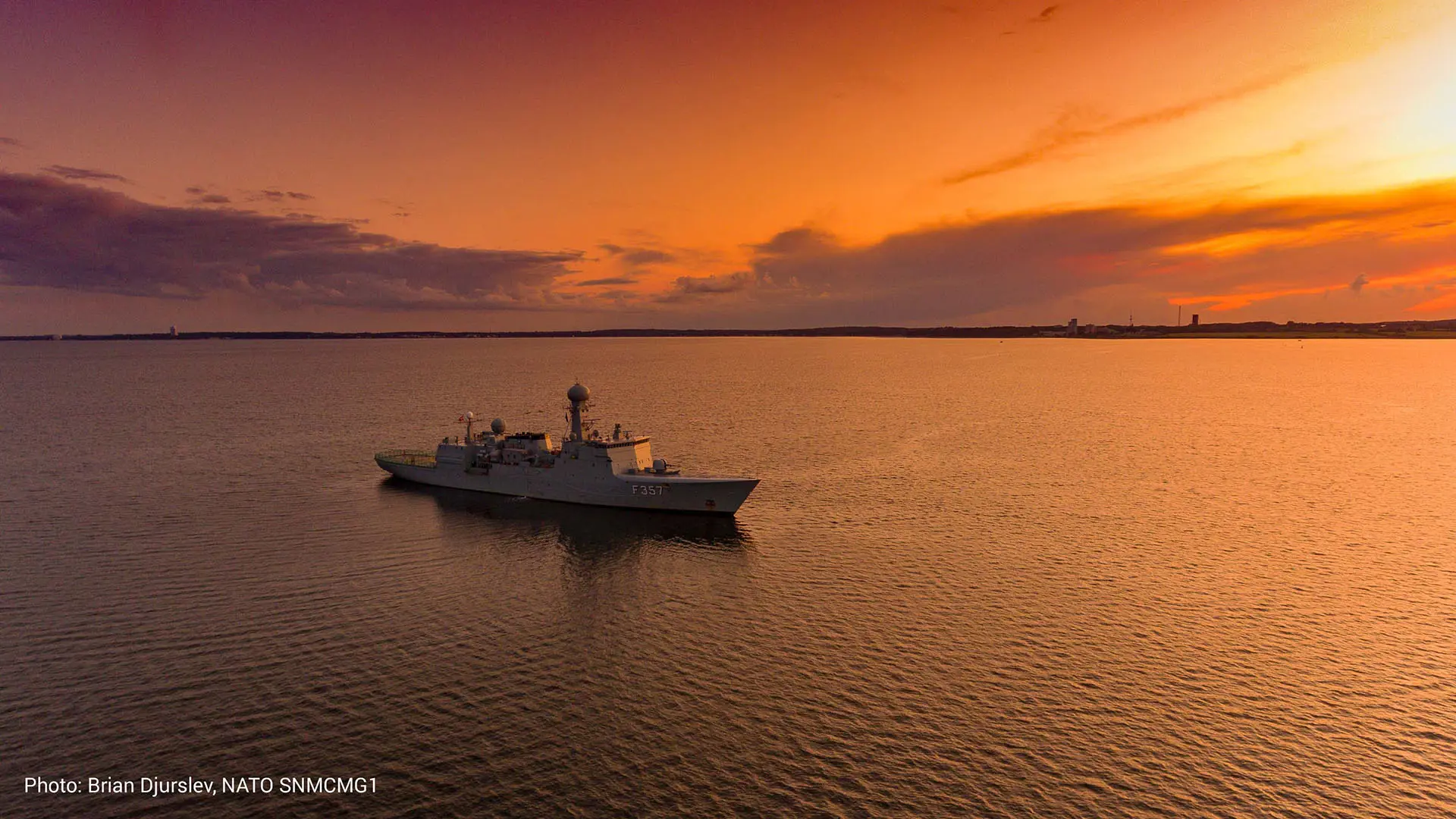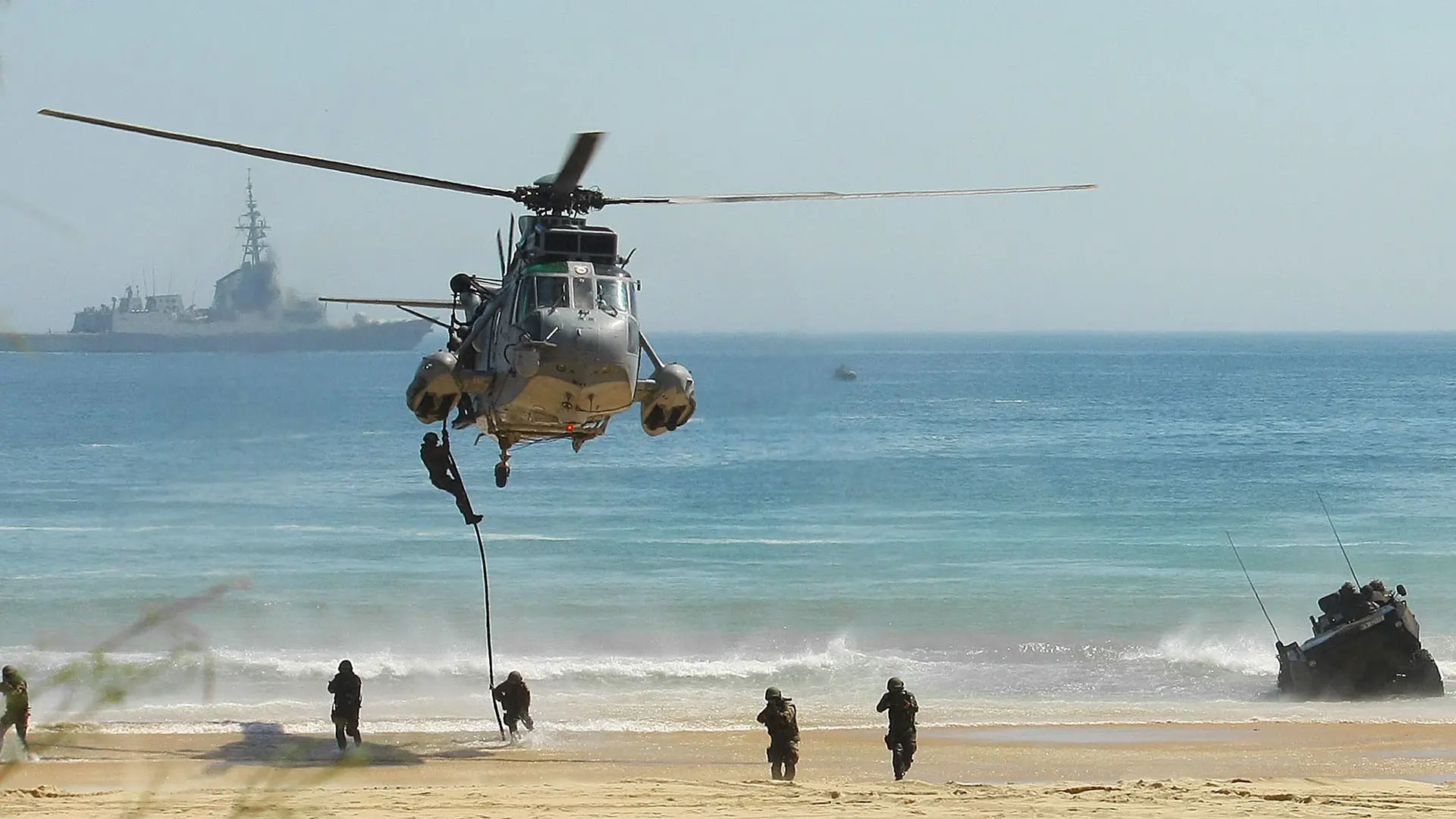Delivering data to those who need it
As the modern battlefield is increasingly digitalised, the role of data in decision-making and situational awareness is vital. How can you make sure it gets through?
The role of data in the modern world has undoubtedly increased. The ability to generate data has become much more simple and, as roles for the generated datapoints are created, data has become increasingly important to workflows, objectives, and missions.
The modern battlefield, however, is changing. After more than two decades focussed on counter-insurgency and asymmetric warfare, dealing with peer and near-peer threats has once again become a concern. In the intervening period, the capabilities of competitive peers have increased - and in some areas surpassed those of Western nations.
So, how do you ensure the security of your communications channels when faced with a capable adversary?
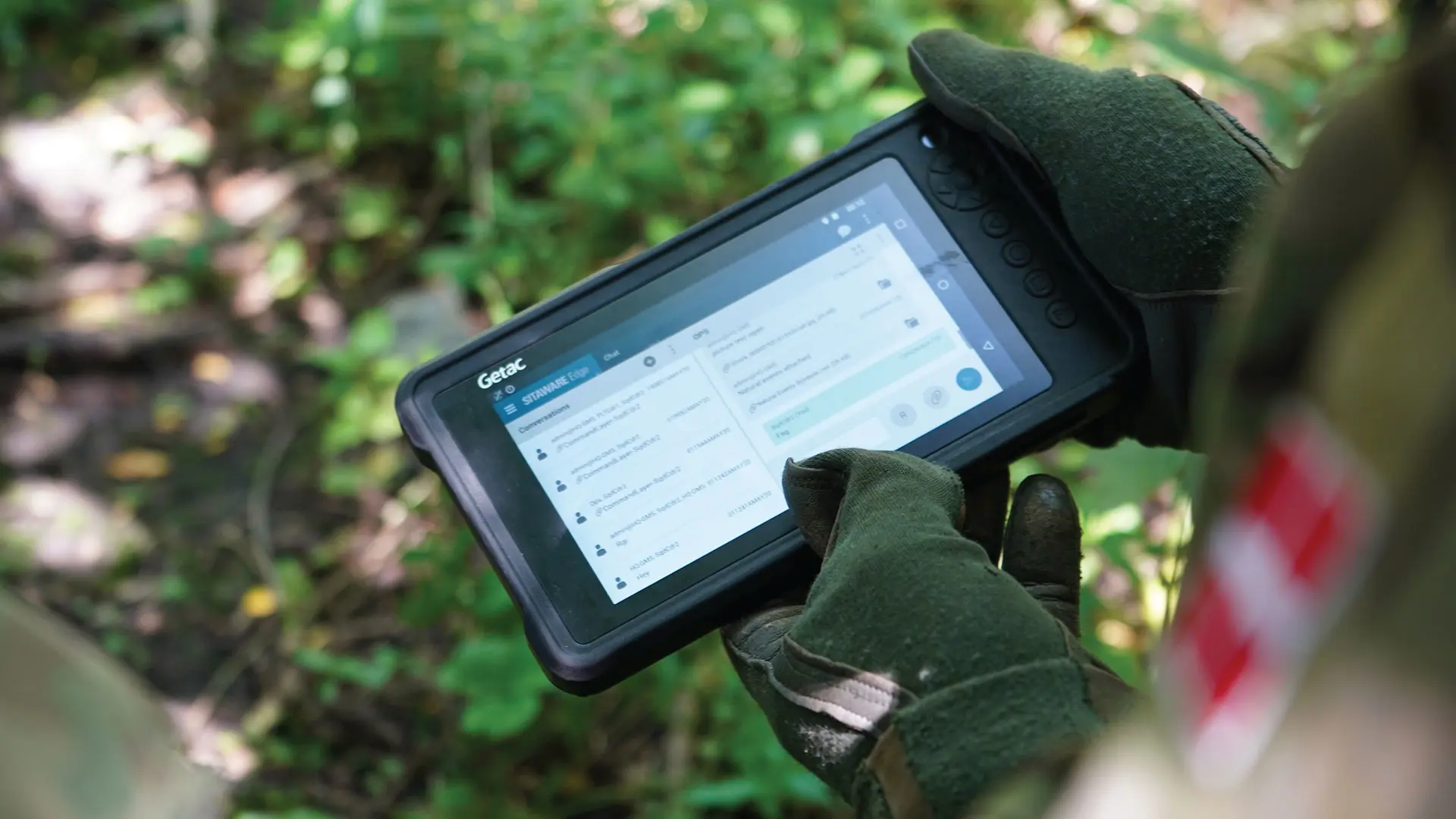
“Planning your communications protocols and fallbacks is a major part of any deployment. Having a system that can deliver automated communications switching, as well as message prioritisation, means that battlespace operators can worry less about having to manage their networks and know that any disruption will be readily resolved,” Christoph Pauls, Business Product Manager at Systematic Defence said.
“Systematic’s SitaWare Tactical Communication and SitaWare Headquarters Communication protocols help to automate your communications processes so that they can deal with a variety of challenges. This means that you can focus more on the operations and less on the architecture of your communication and digital battlespace setup,” Pauls added.
Squelching over the static
Operating in a near-peer or peer competitive environment means that militaries now need to seriously consider the role of electronic warfare in their operational planning and deployments. Plans around Disrupted, Denied, Intermittent, and Limited bandwidth (DDIL) communications will shape how, what, when, and where communications and data can be safely delivered to users. As dispersion is now a key cornerstone of survivability, ensuring your PACE fallback processes are in place is a fundamental part of ensuring continuity of command-and-control for all echelons.
SitaWare Tactical Communication (STC) and SitaWare Headquarter Communication (SHC) work to deliver data across DDIL environments, with the capability to transmit friendly-force track data over low-speed connections, particularly enabling the commanders to maintain situational awareness.
Supporting a variety of existing and legacy radios and communications technology, STC and SHC have a device-agnostic approach, meaning that the most appropriate form of transmission can be utilised for information delivery.
Automating the use of fall-back channels of communication using STC and SHC means that the impact of latency caused by switching is reduced, allowing commanders to maintain their operational efficiency in communicating with deployed formations.
Leave the tech work to the experts
Dealing with message and communications routing can take some time and expertise to execute. Facilitating the switches between the various communications protocols and ensuring the synchronisation between messaging systems requires configuration management as par of the setup of each node and user in the mission command environment. For operational users, they need to have the confidence that their communications systems will support them in their mission and spend less time dealing with configuring devices or workstations.
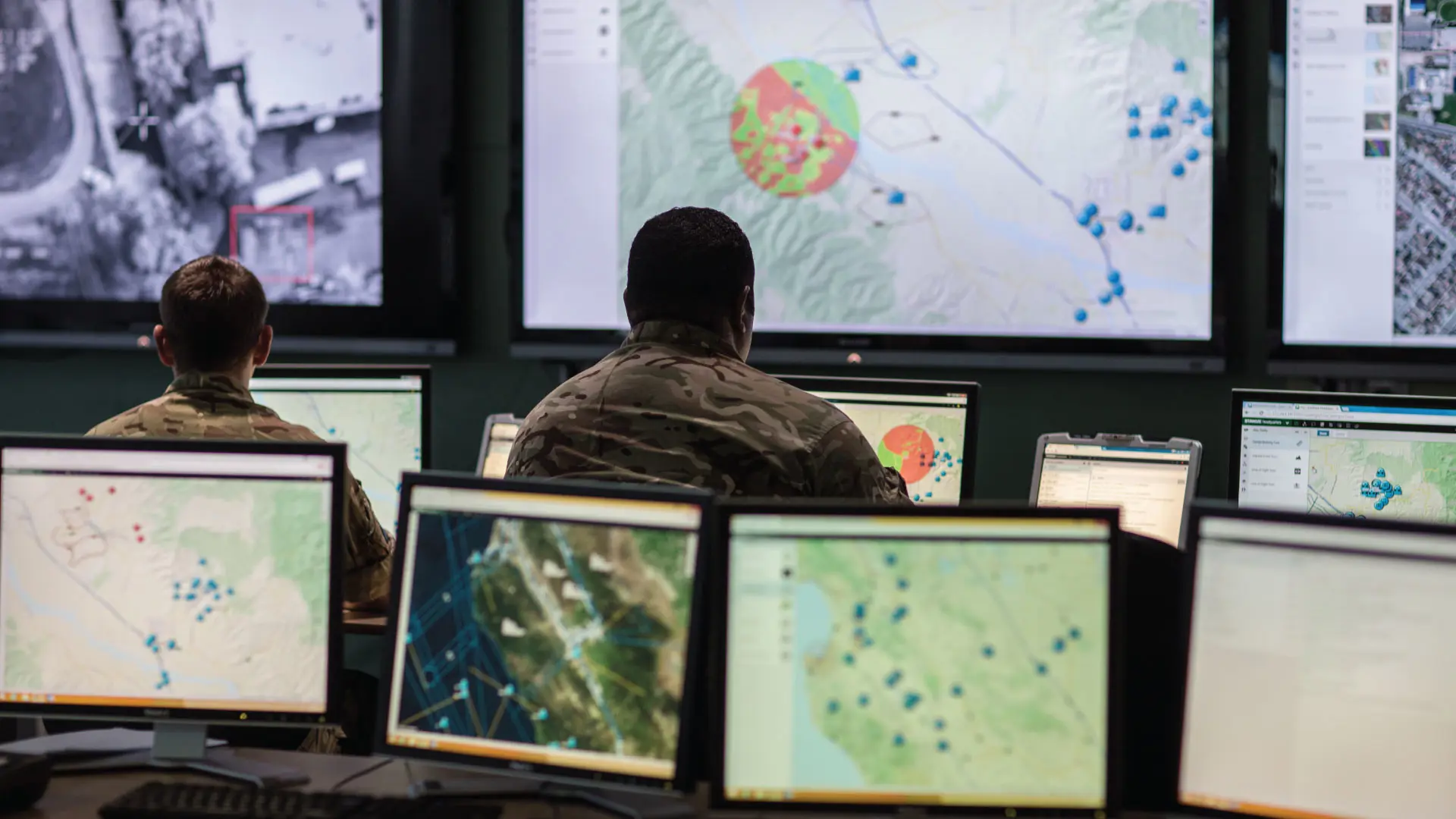
From a communications perspective, the SitaWare Tactical Communication (STC) and SitaWare Headquarter Communication (SHC) systems help to reduce the burden on both signallers and operations teams, working to switch between communications methods as the situation demands.
As units may need to move, or their communications are otherwise disrupted, STC and SHC help users to focus on the battle, re-establishing lines of communications, ensuring high levels of redundancy and continuity of command.
Working together, the SitaWare suite and its communication systems are able to prioritise message delivery when connections are re-established, facilitate the delivery of various filetypes over the most appropriate method, and support the delivery of situational awareness for all mission stakeholders.
Portability as it’s needed
Looking beyond the communications processes and protocols that a PACE plan can bring, positioning the commander and their software is also a factor to consider. What happens when a device is damaged, or a callsign cannot access the network due to hardware issues? In this area, a PACE plan may fall down, as command latency can be driven upwards due to an inability to communicate at speed.
The SitaWare suite also comes with the ability to export user profiles, ensuring that configurations can be ported between devices. As equipment can become unserviceable or get damaged, this capability means that commanders can ensure they are not left out of the loop from important updates, can maintain situational awareness, and resume their position on the battlefield with ease.



